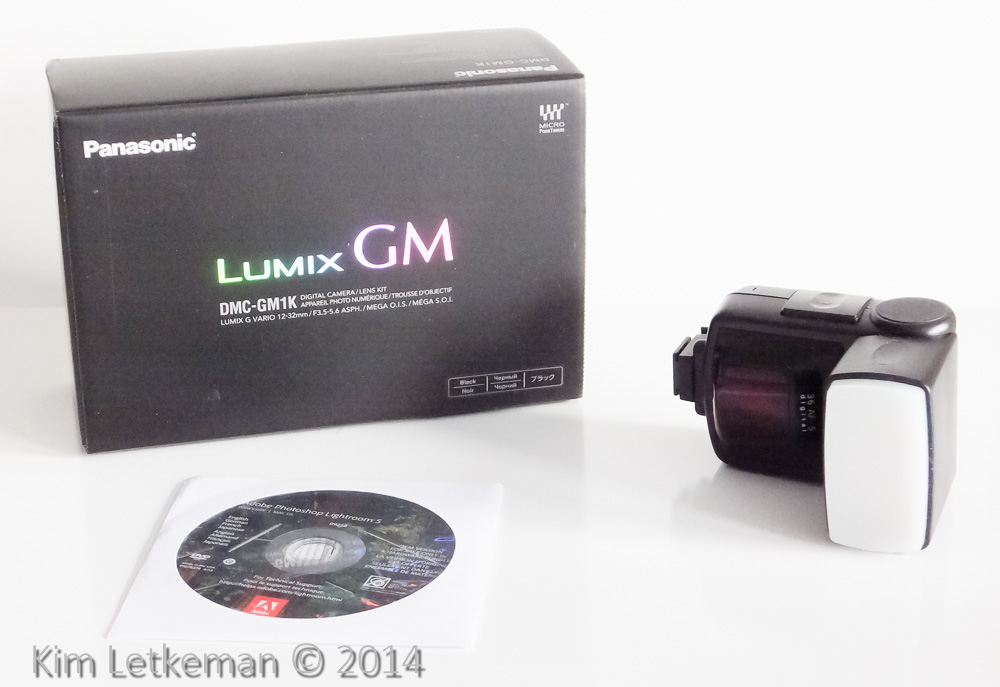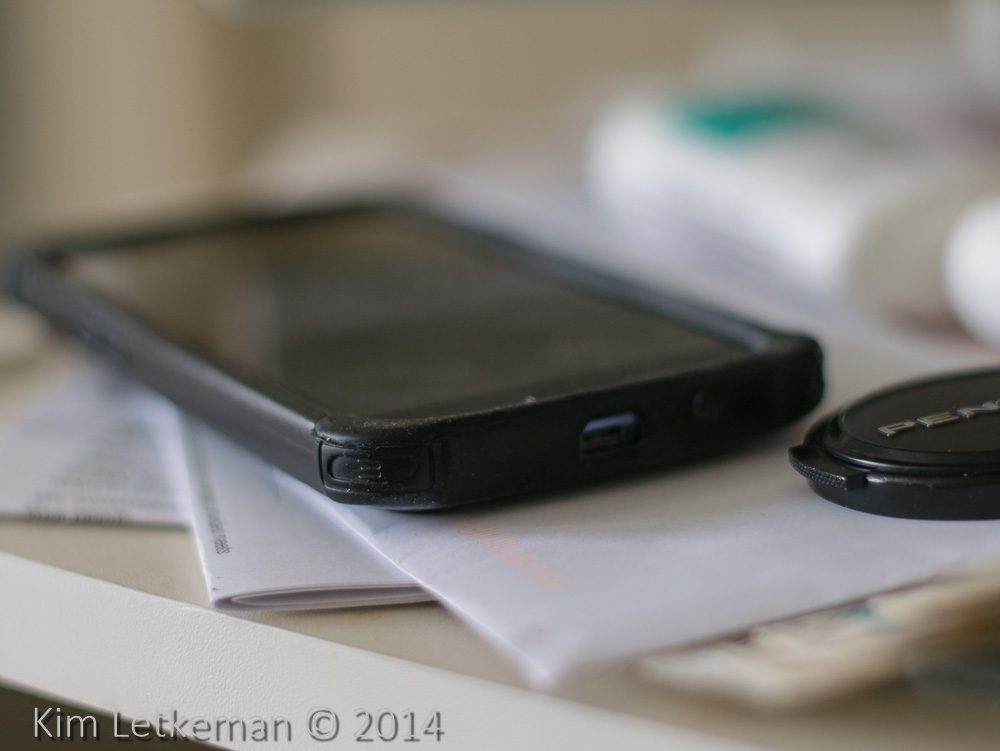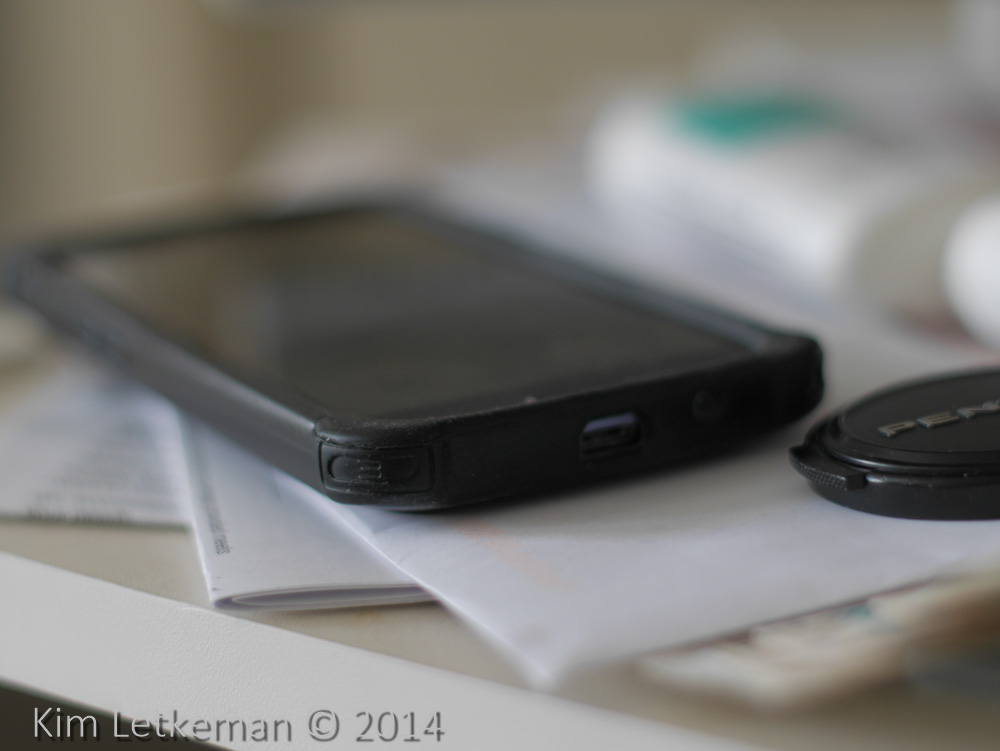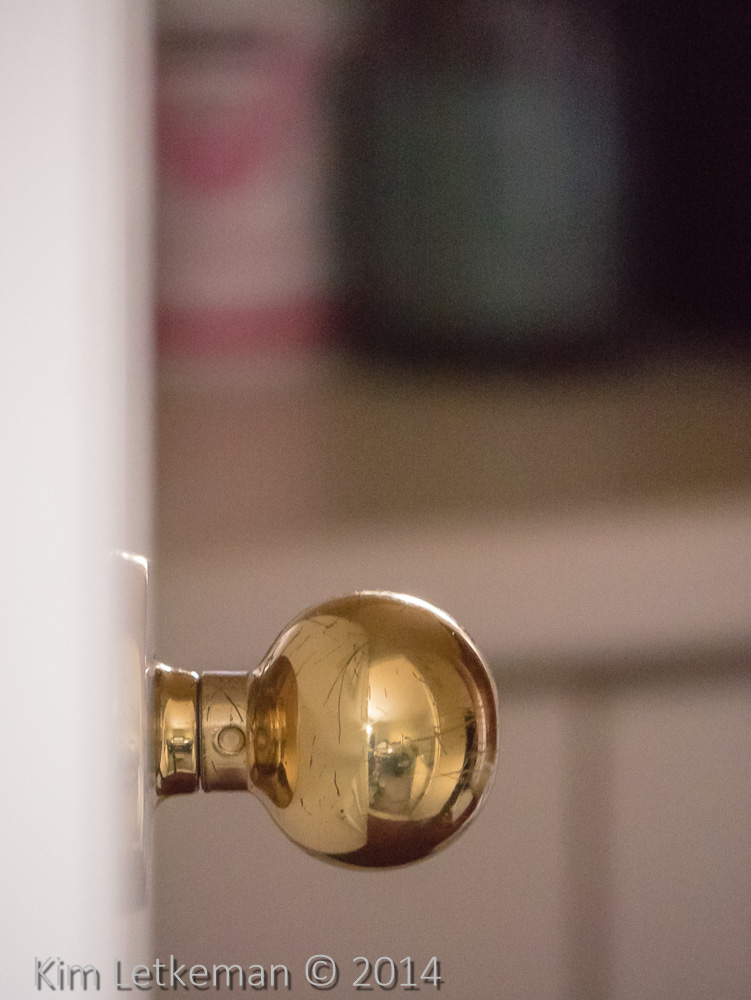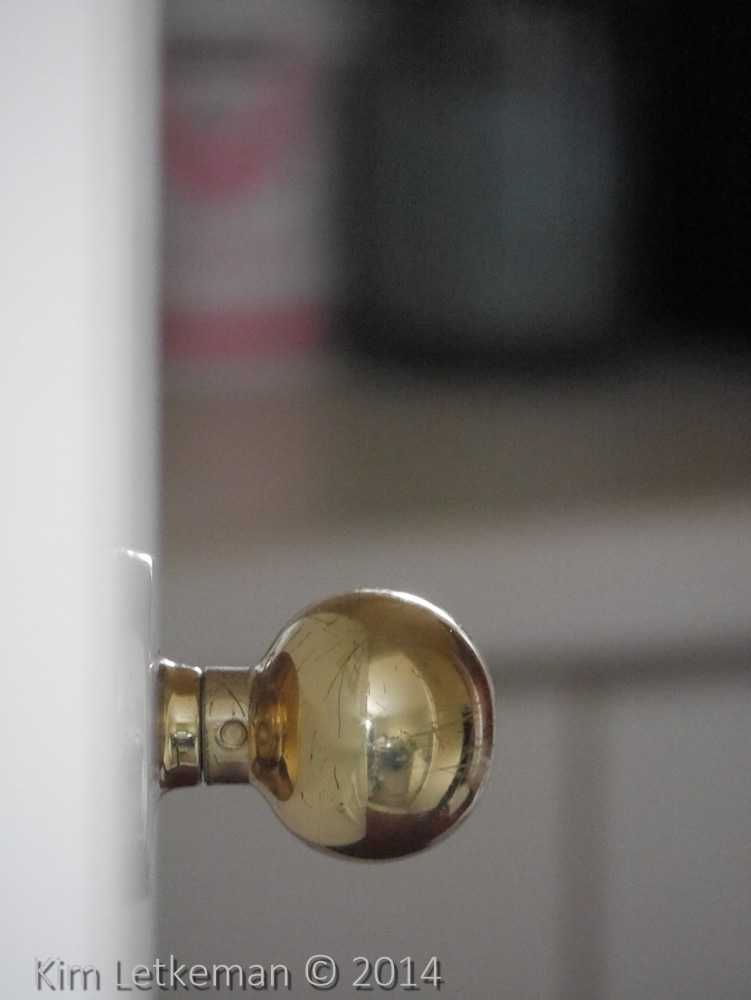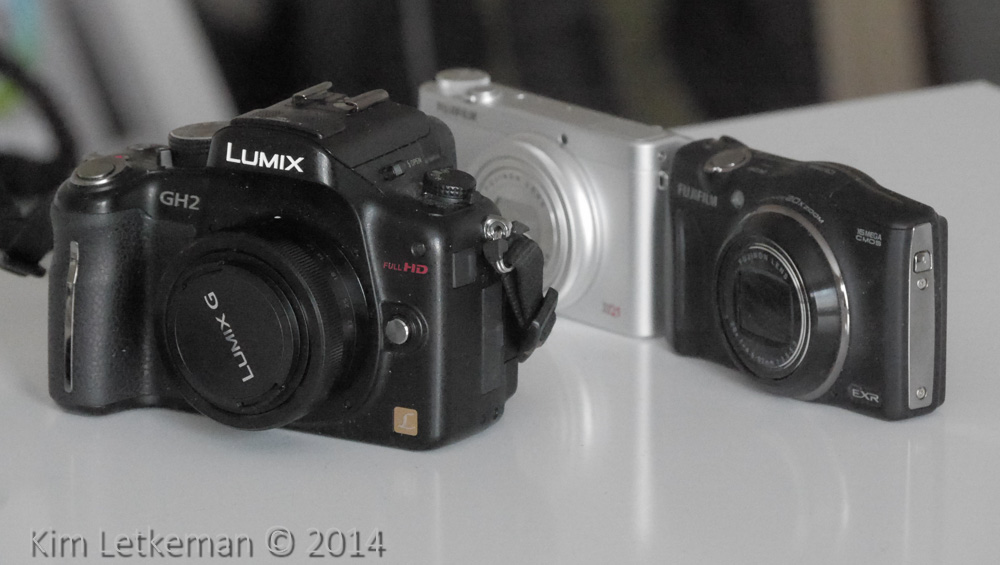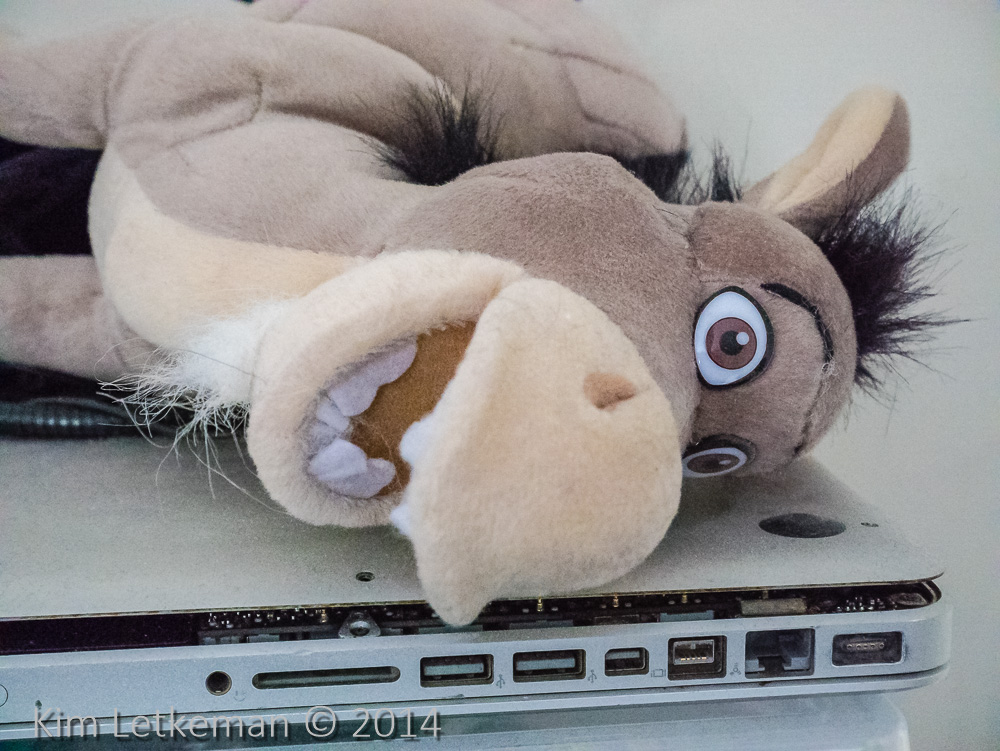Well, it’s late on a Sunday and my brain is pretty much fried after a weekend of brutal snow storms with middle of the night rescues (taxis stopped running) and all day shoveling and such …
So I thought I’d introduce my latest m4/3 body. I am at the point where I am not interested in more bodies unless they improve on what I already have. I have enough bodies to do any kind of filming I might want (and I don’t do it nearly often enough so I am evaluating whether I should have a bit of a selloff) … but my bodies are all one generation behind in sensor development.
Now, don’t get me wrong … I’m not all starry eyed over the differences between the newest sensors and the older sensors (although the 12mp generation is way too far behind in low light for my taste … but they are gorgeous in bright light.) Rather, I am looking for a camera that can shoot in near dark and return usable results.
Well, in looking at extreme ISO in my recent article on the topic, I concluded that the GM1 was the best sensor out there right now for extreme ISO, provided you work around its eshutter issue with banding (and to be fair – all eshutter bodies do this, but the GM1 does it as soon as you cross 1/500s shutter … you are left with no choice.)
So after looking over my options, I decided on the GX7. In fact, the GX7 with 20mm kit was on for an amazing price .. 1069, which saves the entire price of the 20mm lens and a bit off the body when talking list prices. But in the end, the slight extreme ISO edge the GM1 enjoys, plus its incredible size advantage, and the much lower price I found ended up winning the day.
A note on pricing: In the US, the standard price is 748usd while in Canada the standard price is 799cad.
Update: The kit dropped to 698 across the board in the USA. Very good deal against other cameras in that size and capability range.
Since the dollar is close to 10% difference nowadays, this was advantage Canada last week. At least for US citizens. But I found a place where I could get the kit in all black (the only colorway I like) for 739cad and it came bundled with a full license of Adobe Lightroom 5. Whaaaaaaaaaat? Flog the LR5 on eBay and you have an effective price below 650cad … or around 600usd. WOW!! So there you go … I bit and it arrived – get this – the next day from Waterloo, ON. Wow again …
The vendor is called BJPhoto and is a family business here in Canada. Great shipping and very well regarded on forums etc. I’m quite glad I ordered when I did, because it is out of stock right now, and who knows if it is coming back in this form and at this price. I would call if you are interested.
Meanwhile … the camera. As I said, it arrived almost exactly 24 hours later. Here is the box and the DVD inside with LR5.
Note the flash sitting beside it … this is the other smokin’ deal I managed in the last few weeks. It is a Metz 36 AF5, a well regarded flash that retails for about 130 in both Canada and the USA. I got it for $12.50 or so with about 12 in shipping. I.e. 25 bucks. A steal by any standards. The seller listed it as for parts, not working. But in the description he said that it powered p and test fired but that he had no camera with which to test it. So I sniped it intending to send it to Mecablitz for repair if it was broken, but on arrival my tests showed that it worked perfectly. Happy camper here :-)
Here’s the camera with the GF3 X zoom kit and two Fuji compacts, the F770EXR and the XQ1. The size is simply amazing.
If the lens was a true pancake, it would be pocketable. As it is, you can call it coat pocketable. Any coat or cargo pants should have no trouble.
My general impressions of the body so far:
- Superb fit and finish
- Battery door is damped, feels great
- Buttons work very well, dials are perfect (but I shoot a lot of compacts so this is right in my wheel house)
- No problems holding it, but I ordered a Franiec grip anyway (it shipped the same day the GM1 arrived)
I tried two things to start with … manual focus with peaking, and extreme ISO. Since these are the premier features I was after, this seemed the logical intro to the camera. Focus peaking does not actually kick in in a lot of cases where I shoot. Meaning that you need a pretty hard edge before peaking will show you something. I will have to spend much more time testing how to best use it though, so my first impressions are not of much use.
Still, the magnification at 10x works great and I liked that result. Here, I focused on a tin can with the Pentax 50mm 1.4 set wide open. Obviously, that is a really tough task, since DOF is very shallow.
Panasonic GM1 & Pentax 50mm 1.4 200ISO f/1.4 1/160
I won’t complain about that.
The following shot was focused on the corner of the Galaxy S3 case closest to the camera. Again, no glowing edges to help. But again, very easy to focus at full magnification. Wonderful LCD on this cam. I show the Lightroom 5 image and the out of camera JPEG image. The JPEG is softer and has much less contrast, which is how I set them up for now. I think I will change that to stronger settings for the preview value, especially sharpening. I never use the JPEG anyway, despite them being very good on the GM1.
Panasonic GM1 & Pentax 50mm 1.4 250iso f/1.4 1/125 -- Lightroom 5
Panasonic GM1 & Pentax 50mm 1.4 250iso f/1.4 1/125 -- JPEG OOC
I am very satisfied with how manual focus works on this camera, but I plan on spending some quality time with the manuals and the camera to suss out the best settings for focus peaking and manual focus. I expect more from it than what I’ve seen so far. More on that later on …
High ISO came next in my initial examination.
I must say that I am really, really impressed so far. In fact, I set 12800 as my max ISO for auto mode and I allow the camera to go nuts … it is that good.
Here is a shot of a door knob. The lens is the 100-300, which sounds and even looks like nonsense on this body, but in fact which works extremely well. The door is edge on, so the shallow depth of field blurs the door over the base of the knob. A neat effect I think.
Panasonic GM1 & 100-300 @300mm 12800iso f/6.3 1/100
I always leave some grain because I don’t consider it ugly. Further, it disappears when printed or downsized. The JPEG is even smoother, although a tad softer as well. And of course the tones are all muted.
Next up, one of my favourite targets for low light testing – a wire mesh pencil case with lots of pens and markers. The market make particularly good subjects because I am always looking for reasons to lose the “3D” effect of round pen caps. Meaning, I want to see how much dimensionality is retained at high ISO. Small sensors tend to butcher the edges at high ISO, but this camera does a remarkable job in this rarified ISO …
Again, the raw first and then the JPEG.

Panasonic gm1 & 100-300 @300mm 12800iso f/6.3 1/80
Note the shutter speed … this is 600mm EFL indoors at 12800. The appropriate hand held shutter speed is 1/600s, but we’re at 1/80s and relying on OIS. That is exactly 3 stops of stabilization and I remain impressed by these lenses. And on this body, which has none of the dSLR grip and anchor points for your hands and face. Just excellent …
While the 100-300 is on the GM1, I leave the 12-32 on the GH2, which is easier than finding lens and body caps for both. (Can you say PITA?) So here is what that lens looks like on the GH2 … this is the OOC JPEG by the way.
panasonic gm1 & 100-300 @100mm 12800iso f/6.3 1/200
I then swapped the kit lens back onto the GM1 and shot this donkey right in the face, so to speak. Now, if this texture at 12800 ISO does not impress you then I suggest you get checked for a pulse :-)
panasonic gm1 & 12-32 @32mm 12800iso f/6.3 1/80
Even the JPEG retains tons of texture.
Conclusion
Wow.

